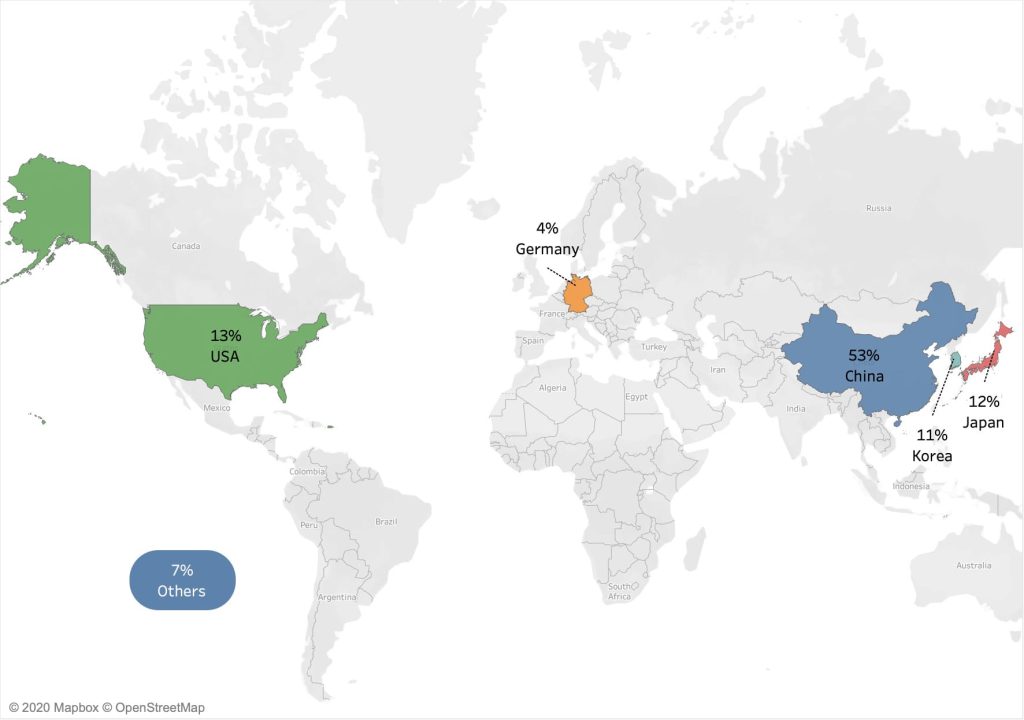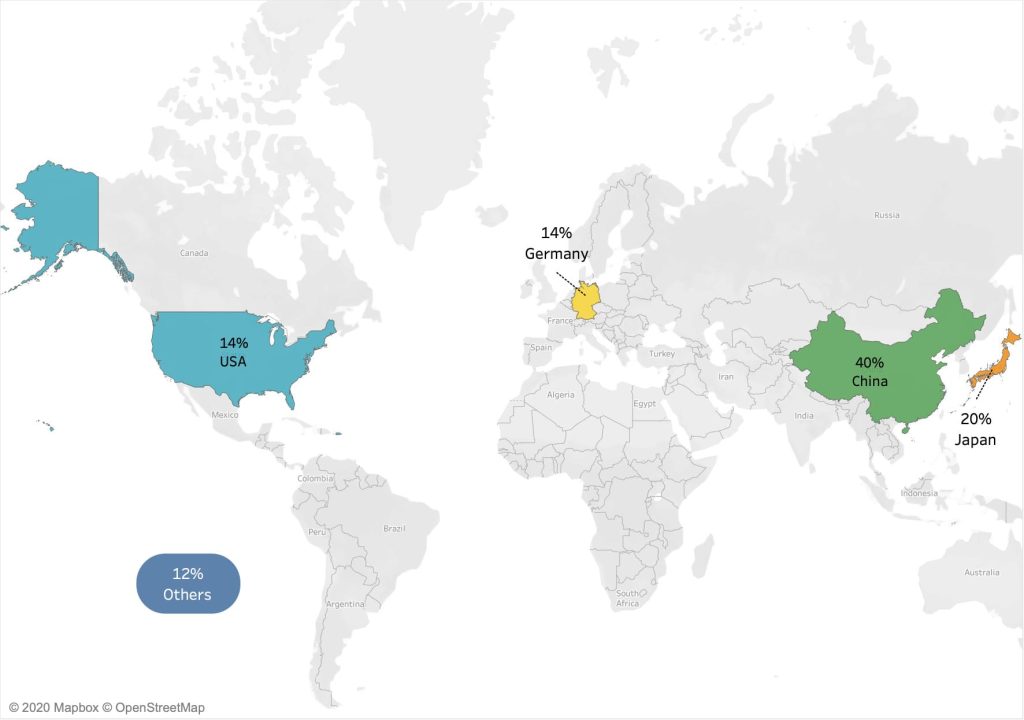Regulatory Challenges and Opportunities in Cryptocurrency: A Comparative Study of India and the U.S.
IAMAI v. RBI and SEC v. Ripple Labs, two cases from different contexts of law,…
With growing users and demand of consumer electronics, smart-wearables, electric vehicles Internet-of-Things (IoT) and Internet-of-Everything (IoET), need for powering such devices and a need for hassle free charging has to keep pace with such fast growth. This article focusses on wireless charging and how it is evolving.
“Wireless Charging” is the process of electrically charging battery-powered devices and equipment without the need for a wired electrical power connection and broadly speaking, includes three sub-types of charging:
In the initial days, smart device manufacturers were dependent on vendors for wireless charging technology for their devices, but with major smart device companies showing their interest in research and development of non-contact charging technology, wireless charging is much in news. Xiaomi’s Wireless power bank and Logitech’s 3-in-1 wireless charging dock are new entrants in this domain.
Wireless Charging Technology
A quick research on patent data shows that more than 40000 patent families relate to wireless charging technology which includes technologies disclosing high power charging for EV’s and low power charging for smart devices like mobile phones, smartwatches, earphones etc.

Being a technology hub, China is leading the race and more than 50% of total patents in the wireless charging domain originated in China. Patents in wireless charging domain in China are evenly distributed among a wide range of organization ranging from big corporates like State Grid Corporation to startups and small business groups that are coming up in the market with trailblazing technologies.
US based corporates like Qualcomm and Apple are also actively developing new technologies in this domain, but when it comes to key technology for products, these companies are still dependent on Chinese market which are really cost effective and efficient. Majority of patents filed in USA originated from China and are filed in USA to seek patent rights in the world’s biggest marketplace.
Unlike China and USA, patents in South Korea is concentrated among its major giant Samsung and LG. Out of around 9000 Korean patents in Wireless charging domain, Samsung holds around 30% of the patents and LG holds around another 25% of Korean patents and most of these patents relates to low power charging technology primarily meant for smart devices. Currently, Samsung and LG are the front runners in the international market with their Galaxy S range and V series flagship smartphones and are utilizing their patented technology to fullest.
Wireless Electric Vehicle Charging (WEVC) Technology
Being a hub of automobile industry, Japan is catching up and USA and China with their innovative patents related to Wireless Electric Vehicle Charging (WEVC) technology.
As per patent data, wireless charging technology is growing at a fast pace and out of around 40000+ patents in the domain, more than 8000 were published in the year 2019-2020, which is more than 20% of the total patents in this domain. The data clearly shows growing interest of technology developers in wireless charging domain.
Most of these recent patent filings are related to circuit arrangement, especially for WEVC (Wireless Electric Vehicle Charging). An upsurge in demand of Electric Vehicles, interest of big giants like Sony which recently came up with an electric concept car called ‘Vision-S’ in CES2020 and collaboration between research organization, automakers and semiconductor giants like Witricity, Qualcomm Halo, Google has contributed a lot to the growth of this segment.
To curb pollution, we have seen recent development in WEVC technology in European countries especially Norway where govt has planned to make Oslo the world’s first city to install wireless charging systems for electric taxis. However, if you scroll through patent data, it seems like European automakers are dependent on USA and Japanese technology companies to implement their idea of hassle-free car charging.
Out of around 5000+ patents in WEVC domain China is origin country of around 40% of total patents followed by Japan, USA and Germany who are competing very closely to come up with a standard technology in association with various standard setting organization like SAE and ETSI.

Unlike China, where R&D activity is distributed among many small groups and startups, auto giants- Toyota, Nissan and Hyundai hold major chunk of WEVC patents in Japan. In USA, Qualcomm and an MIT spinout WiTricity were separately developing WEVC technology. However, they collectively became largest group in the world for WEVC technology when in Feb 2019, WiTricity, the industry pioneer in wireless power transfer, announced the acquisition of certain technology platform and IP assets from Qualcomm that were related to Qualcomm’s own ‘Halo Technology’.
Future trends
In coming days, it would be interesting to see a new age hassle-free charging system that would enable drivers to charge their vehicle on the run and thus saving a lot of charging time. Though in Sweden, ElectReon has recently completed a test of dynamic wireless charging, the world’s first Wireless Electric Road for Trucks in island of Gotland, it would be interesting to see such systems at commercial scale for public.
The future of wireless charging looking promising and seems to be approaching us at a faster pace. Work at a rapid pace is going on for faster charging, higher charging cycles, efficient materials, better cooling technology etc. An analysis on future trends, country-wise and company-wise developments will be posted by us in due course very soon.
You can refer to our exemplary landscape study on Wireless Electric Vehicle (EV) Charging here.
Author: Arindam Purkayastha – Patent Attorney, and Sanjay Sharma – Patent Solutions Architect at Khurana & Khurana, Advocates and IP Attorneys. In case of any queries please contact/write back to us at sanjay@iiprd.com.